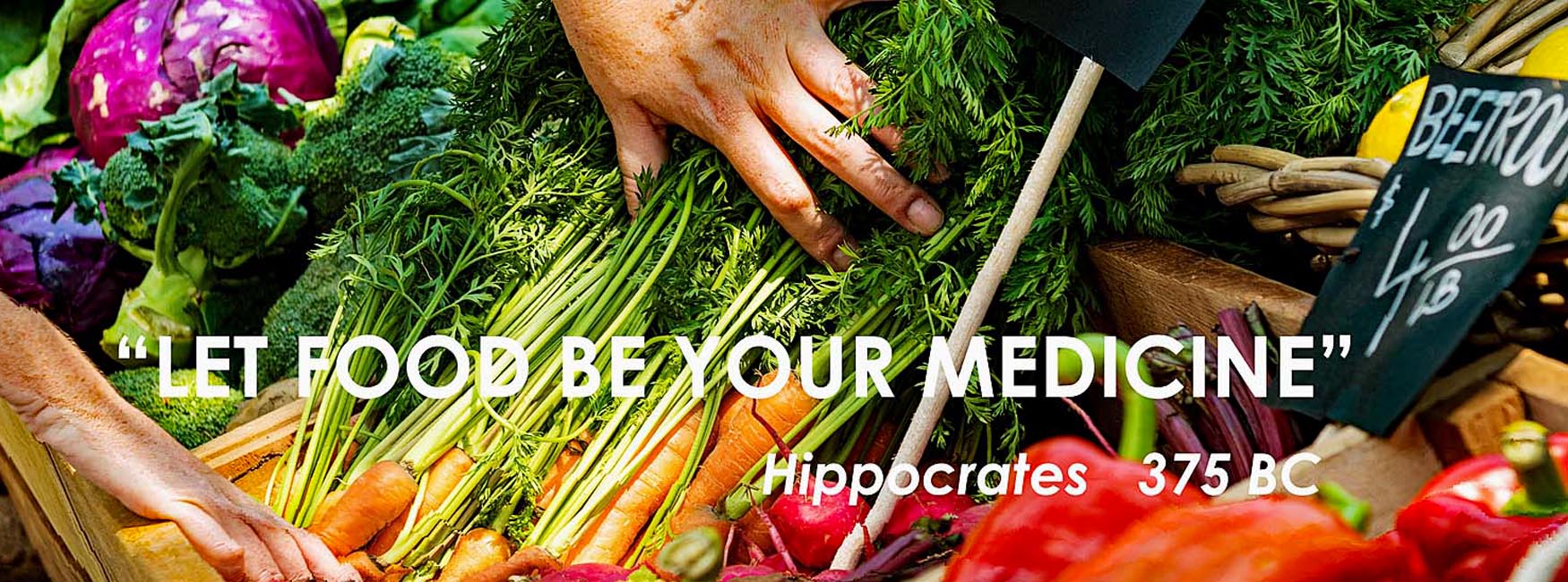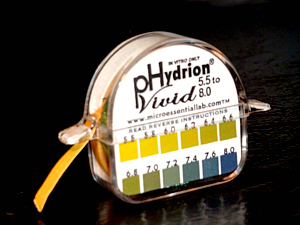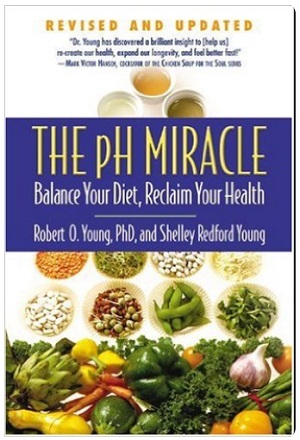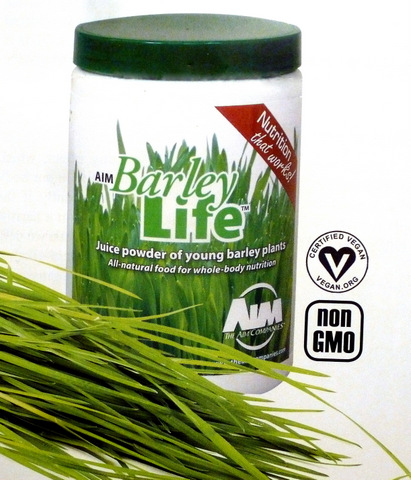The pH of Food - Learn the Basics!
The following is a list of common foods with an approximate, relative potential of alkalinity (+) or acidity (-), as present in one ounce of food. To maintain a balanced pH in your blood and tissues, your diet should consist of at least 70 to 80 percent alkaline forming foods (minimum of 40 percent should be raw foods), and no more than 20 - 30 percent acid forming foods.
| Vegetable and Low-Sugar Fruits Asparagus +1.1 Artichokes +1.3 Lettuce +2.2 Onion +3.0 Cauliflower +3.1 White radish +3.1 Rutabaga +3.1 Green cabbage +4.0 Savoy cabbage +4.5 Peas, fresh +5.0 Kohlrabi +5.1 Zucchini +5.7 Red cabbage +6.3 Rhubarb stalks +6.3 Horseradish +6.8 Leeks (bulbs) +7.2 Watercress +7.7 Turnip +8.0 Lime +8.2 Chives +8.3 Carrot +9.5 Lemon +9.9 Green beans +11.2 Fresh red beet +11.3 Spinach +13.1 Garlic +13.2 Celery +13.3 Tomato +13.6 Endive, fresh +14.5 Avocado +15.6 Red radish +16.7 Cayenne pepper +18.8 Barley grass +28.7 Soy sprouts +29.5 Cucumber, fresh +31.5 Grains and Legumes Nonstored Brown rice -12.5 Wheat -10.1 Corn -9.6 Buckwheat groats -0.5 Millet -0.5 Spelt -0.5 Lentils +0.6 Soy flour +2.5 Tofu +3.2 Lima beans +12.0 Soybeans, fresh +12.0 White beans (navy) +12.1 |
Water Distilled water (Neutral) Fresh coconut water +9.4 Nuts and Seeds Pistachios -16.6 Peanuts -12.8 Cashews -9.3 Walnuts -8.0 Pumpkin seeds -5.6 Macadamia nuts -3.2 Hazelnuts -2.0 Flax seeds -1.3 Brazil nuts -0.5 Sesame seeds +0.5 Fennel seeds +1.3 Caraway seeds +2.3 Almond +3.6 Fats (Fresh Cold-Pressed Oils) Sunflower oil -6.7 Coconut milk -1.5 Olive oil +1.0 Flax seed oil +3.5 Fruits Pineapple -12.6 Mandarin orange -11.5 Banana, ripe -10.1 Pear -9.9 Peach -9.7 Apricot -9.5 Papaya -9.4 Orange -9.2 Mango -8.7 Tangerine -8.5 Currant -8.2 Gooseberry, ripe -7.7 Grape, ripe -7.6 Cranberry -7.0 Strawberry -5.4 Blueberry -5.3 Raspberry -5.1 Plum -4.9 Date -4.7 Cherry, sweet -3.6 Cantaloupe -2.5 Grapefruit -1.7 Watermelon -1.0 Coconut, fresh +0.5 Cherry, sour +3.5 Banana, unripe +4.8 |
Meat, Poultry and Fish Pork -38.0 Veal -35.0 Beef -34.5 Ocean fish -20.0 Chicken -18.0 Eggs -18.0 Freshwater fish -11.8 Oysters -5.0 Liver -3.0 Milk and Milk Products Hard cheese -18.1 Cream -3.9 Homogenized milk -1.0 Buttermilk +1.3 Bread and Biscuits White bread -10.0 Whole-grain bread -4.5 Rye bread -2.5 Fats Margarine -7.6 Corn oil -6.5 Butter -3.9 Ghee -1.6 Sweets Artificial sweeteners -26.5 White sugar -17.6 Molasses -14.6 Fructose -9.5 Turbinado sugar -9.5 Honey -7.6 Condiments Vinegar -39.4 Soy sauce -36.2 Mustard -19.2 Mayonnaise -12.5 Ketchup -12.4 Beverages Liquor -28.6 to -38.7 Fruit juice sweetened with white sugar -33.4 Tea (black) -27.1 Beer -26.8 Coffee -25.1 Wine -16.4 Fruit juice, natural -8.7 |
Measuring the pH
The simple pH test kit, that you can use at home whenever you want, will include a pH chart indicating how acid or alkaline your body is. This is an easy and practical way to test yourself.
Measuring the urine is a better indicator of pH than checking the saliva.
The urine pH should be slightly acid at 6.8 to 7.0. The best time to test the urine with the pH paper is first thing when you rise in the morning. This gives you a good indication of your body pH after you have slept the night without consuming food, and it is the best method to measure without blood testing.
You may want to test the saliva after meals just to see any trend. This will give you an idea of what effect the meal has made on your body pH...but remember that the urine testing is the best overall.
Find out what you don't know about pH...
Building Your Immune System - Foods that build your immune system are found in a healthy whole foods plant based diet.







